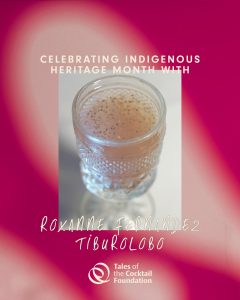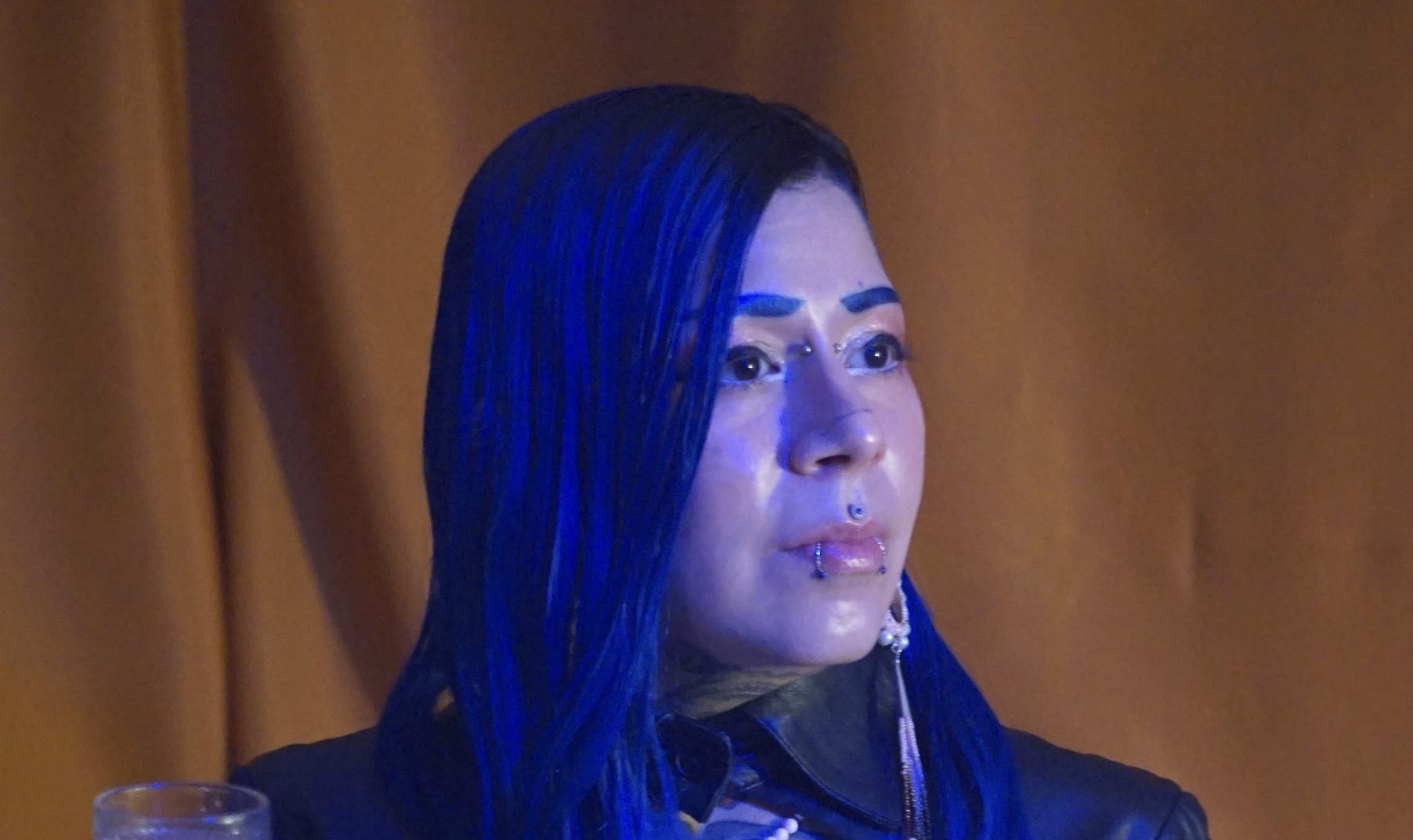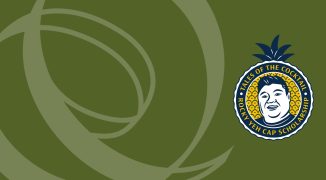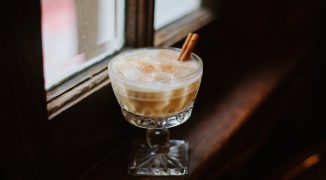By: Roxanne Fernandez Tiburolobo
To be completely honest, when I first embarked on my career in the alcohol industry over a decade ago, community was the last thing I expected to find. I knew full well that this was an industry where Natives were not welcome. I knew all the classic stereotypes of the drunk Indian and the firewater mythology. Better not to be seen that way, you learn to hide pieces of yourself. It was lonely and isolating, and the barrier to entry came from all sides. Not just from folks already in the industry, but from the distrust lingering in our own communities after a long history of the U.S. government weaponizing alcohol against us, and even from the Federal government.
I’ve made it a point over the years to tell people that when I made the decision to become a distiller, it still wasn’t legal for Natives to own a distillery, at least not in a functional sense. Until 2018, when the efforts and legal actions of the Chehalis tribe finally overturned the archaic law, it was federally illegal to own or operate a distillery on tribal land. I bring this up because that’s usually the goal for those entering into production, to eventually have a place of your own, with your recipes and ideas at the forefront of a business. For me, that was off-the-table from day one. Back then, if you were Native and wanted to distill, you had to do it for the pure love of it, without the hope of one day having a space of your own (or maybe hope to get lucky and stumble into several million dollars to start one on private land). In the end, while waiting for someone to finally catch on and change this blatantly racist law, our own people ended up being the only ones fighting for our rights yet again.
I also like to bring this up because whenever I do, most people inevitably and genuinely act shocked and surprised to be learning this for the first time. Every time I’m left wondering why they never bothered to notice we weren’t in the room. That’s the crux of being Native in this industry (any industry really). To be Native is to be invisible; you’re an afterthought on your own land. To be fair, afterthought is too strong a word; to be an afterthought, you’d have to think about us in the first place. Bartenders, brewers, and distillers will get excited about using indigenous ingredients, but never give consideration to the people whose land they’re on who nurtured and preserved those ingredients since time immemorial. Those people, who are still here, are asking to be seen. After so many years of this work “visibility” should not be the thing we’re still fighting for, though ironically enough it’s what keeps me motivated to do this work, and is what led me to find the community I have in this space.
Years back I was introduced, through a mutual, to my now friend Chockie Tom who was putting out the first feelers for what she was then calling the Native Visibility Project. Throughout the years, a lot of struggle, and (mostly Chockie’s) hard work, we’ve managed to put together a decent-sized group of us. It’s opened up my world and opportunities in so many ways, even when it’s just getting the time to educate people on ancestral ferments. Turns out, once I actually did some work the community I never thought possible was right in front of me. Community is so intrinsic to us as Native people, as natural and necessary as water. Wherever we go we find each other, seek each other out. The Native community in the greater alcohol industry is small by comparison to other groups, so small we really don’t have the luxury of differentiating between brewers, distillers, winemakers, and hospitality; our numbers would simply be stretched too thin to accomplish anything. Once we started connecting, it came as no surprise to anyone that the greatest concentration of us is in hospitality, a service industry. After all, in many ways, to be Native is to be of service. Service to family, to Nation, to community, to the Land, etc. It’s with this idea and worldview of service that I now try to approach my role in this industry.
Like finding community, I never envisioned myself doing any sort of public speaking, outreach, or advocacy work when I started out. I was content that just being present and a more than competent brewer and distiller was enough to show people we belong. Then I moved on to the concept of being “visible” by making a point to show the Native people coming up behind me in production that space could be made for them in this industry. But visibility isn’t enough, it isn’t doing the work, and if I learned anything from the efforts of the Chehalis, it’s that nobody else is going to do the work for us. Making space for myself doesn’t ensure that the person behind me gets to be the one to fill it when I move up. That’s why it’s fundamental that we move beyond vague concepts of visibility and representation. Being tokenized is not representation and being visible doesn’t get more Natives hired. Doing the work is connecting people to the jobs and education they need to get in the industry, and it’s ongoing mentorship and support to make sure they stay there. It’s buying and using their products even when they don’t have the money and swag to throw a cool (or offensively themed) popup for you. It’s really LISTENING to them when they tell you you’re being harmful or what their needs are, not just seeing them.
I’m still working on being of service and doing the work. Maybe I always will be, and maybe I always should be. I have to ask though, now that you know we’re in the room, what are you going to do about it?


Like Natives are often overlooked in the industry, deserts are often overlooked as ecosystems of abundance. Just look at terms like “food desert” and you can see how the view of our society at large ignores the fact that deserts have provided a home and nourishment to many peoples for thousands of years. As both my tribes, the Chiricahua Apache (Nde) and Rarámuri are people of the deserts of the so-called Southwestern United States and Northern Mexico, I wanted to pay homage to that abundance. This is a boozy riff on both iskiate and tu’n’kuze’. Iskiate is a traditional chia beverage used by the Rarámuri for energy and is one of the origins of the “chia fresca” beverages common today. Often these are a variation of lemonade, which is why I started making a tu’n’kuze’ (aka, Apache Kool-aid) version of this drink, since 3 leaf sumac has a very tart/lemonade-like flavor. Generally, if I was making the usual NA version of iskiate and I want something sweeter, I would use prickly pear syrup or mashed prickly pear to sweeten, thus the prickly pear brandy. When making tu’n’kuze’ on its own for drinking, I often use agave nectar to sweeten as agave is one of the main traditional food sources for Nde and other Apache peoples. To represent this element I used a hint of blanco bacanora which is a regional spirit from the Northern Mexican state of Sonora that is like a less smoky, generally more saline and mineral-forward mezcal. Lastly for actual sweetness (not just perceived) and to add an earthly element, I added some Nixta corn liqueur. You would be unlikely to enjoy either iskiate or tu’n’kuze’ without a meal involving tortillas or pinole. Nixtamalized corn is an important food of both my peoples, we also malt corn for traditional alcoholic beverages in both tribes. Combining these elements I’ve made a simple cocktail that is a light and refreshing late-summer/early-fall drink (when both the sumac and prickly pears are ripe):
Just Deserts
- 1 oz prickly pear brandy (like Ventura Spirits’ Opuntia)
- 2.25 oz unsweetened tu’n’kuze’ / chinkoozhe*
- 0.25 oz bacanora blanco (like Kilinga)
- 0.5 oz Nixta liqueur de elote
- 2 bar spoons of hydrated chia seeds **
Combine ingredients, except for chia seeds in a shaker and shake vigorously over ice for 10 seconds. Strain into a Nick and Nora glass, and stir in chia seeds.
* To make tu’n’kuze’, use roughly 1 cup of 3-leaf sumac berries in 4 cups of water. Remove berries from clusters and very lightly crush them. You should make a sun tea if time is not prohibitive, otherwise, bring water to a low simmer, remove from heat, and add berries. Allow to steep for 20 min. to up to an hour depending on the desired strength. Strain and chill.
**Hydrate chia in cold water in advance by combining 1 part chia and 4 parts water, then let rest for about 10 minutes to gel.






